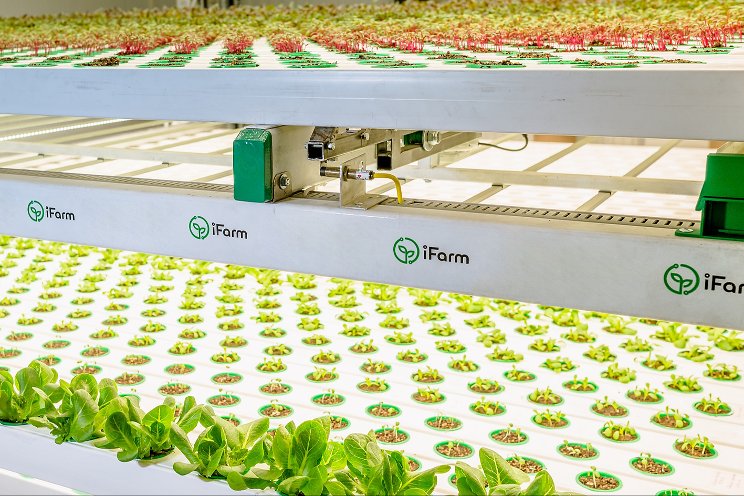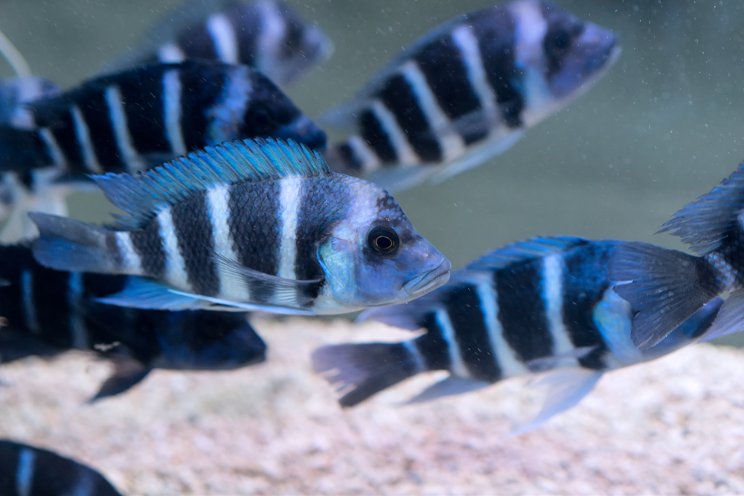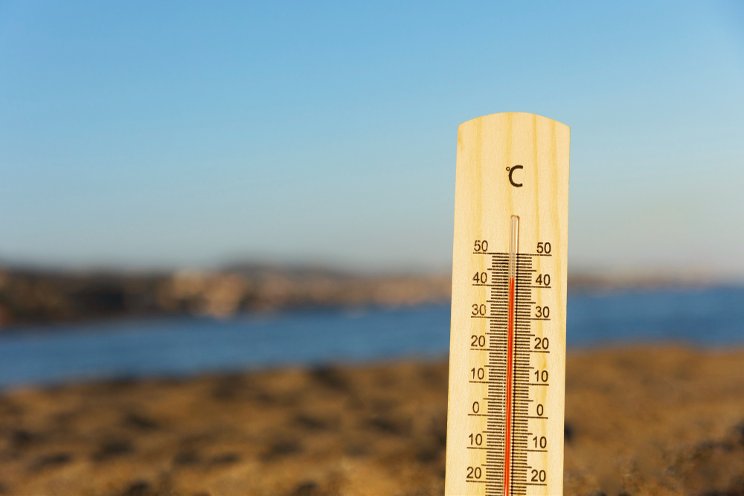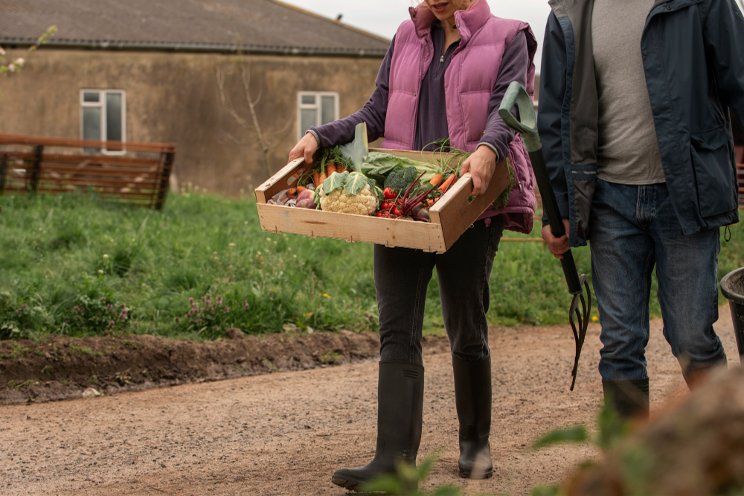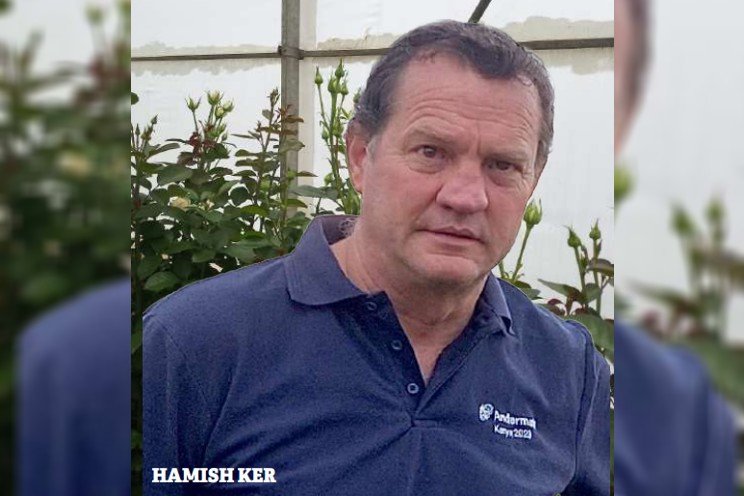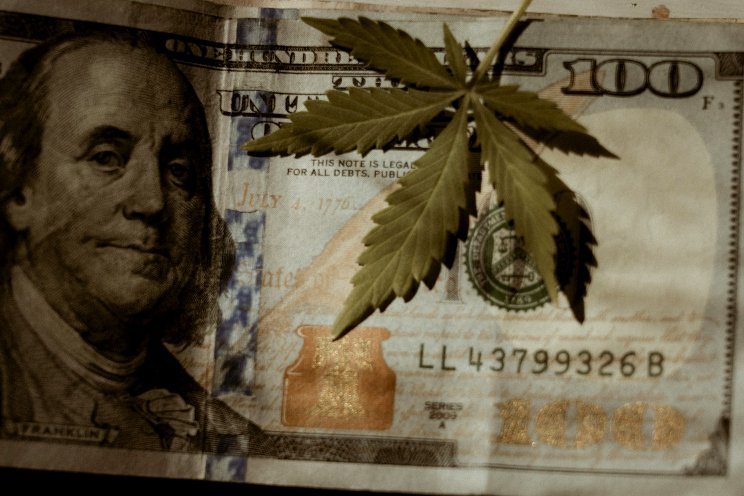Water treatment with nanobubbles decreases losses
Added on 19 May 2022
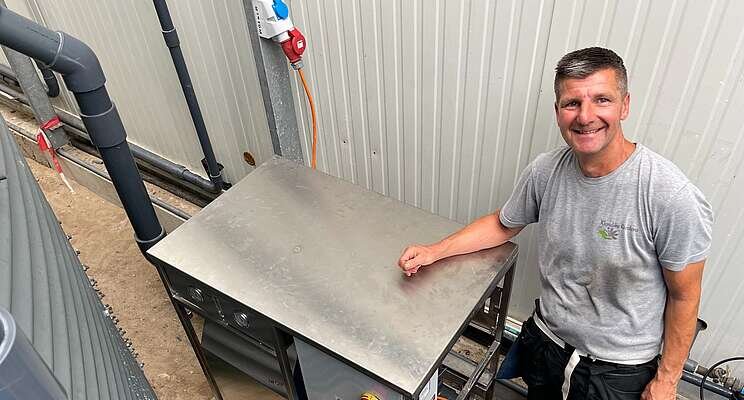

Losses
To keep the water system clean and in order to suppress pathogens, the grower alternately doses chlorine or hydrogen peroxide into their drip irrigation water, and the drain water is disinfected with a UV disinfection unit. Despite the disinfection, still relatively many gerbera plants were lost.
A reason for this loss is a weak root system, which can be damaged by diseases such as Fusarium, Verticillium and/or Phytophthora. What's more, a weak root system can be detrimental for the gerbera plant when harvesting the flower; at harvest, the flower is pulled off of the 'main plant', and when the root system is weak, this pulling can lead to damage. Diseases and losses often occur as a result of plant stress, for instance in summer after a period with very warm days.
Nanobubbles as the solution
That's why together with Klondike a trial was set up to increase the oxygen levels in the water system using the Moleaer nanobubble generator, and to add a mild oxidizing agent in the form of nanobubbles.
The focus of this trial was on controlling disease pressure and improvement of plant resilience. Oxygen nanobubbles contribute to aerobic conditions in the entire water system, including the root system, which means plant pathogens have less room to develop. In addition, the nanobubbles create a mild oxidizing effect, which decreases biofilm and addresses existing pathogens in the water system.
Following installation of the Moleaer oxygen nanobubble generator at Klondike Gardens, Moleaer carried out frequent measurements throughout the entire water system. Where before installation of the Moleaer unit the grower had a relatively low dissolved oxygen level of around 7 ppm, now that level is around 25 ppm. The trial even showed that between the treated tank and the end of the dripline, the difference in oxygen levels was less than 1 ppm.
Cleaner water, stronger plants
After the system had been running for a few months, Klondike could see that the gerbera plants were more vigorous. Better root development was clearly noticeable.
In addition, the water system appears to be cleaning up thanks to the introduction of nanobubbles. When taking samples or draining the drip irrigation, the water is a lot clearer compared to previous years. What's more, especially during warm days, the plant is visibly more resilient to stress, thanks to the higher oxygen levels at the root zone.
So far, lower losses due to disease are seen - a full analysis will still take place in order to look at the results over a longer period of time as well.
With the crop being a lot more vigorous and the water system appearing to becoming cleaner, the grower is considering reducing the amount of disinfection agents currently in use.
Source: HortiBiz
More news
